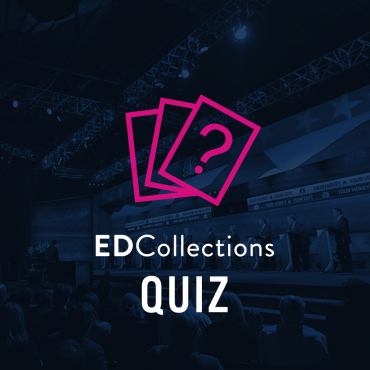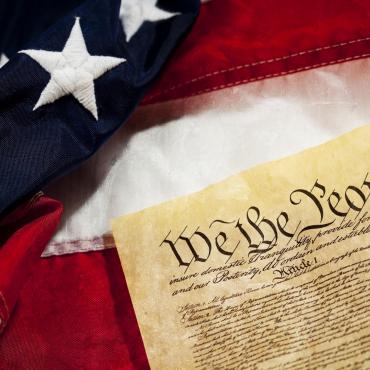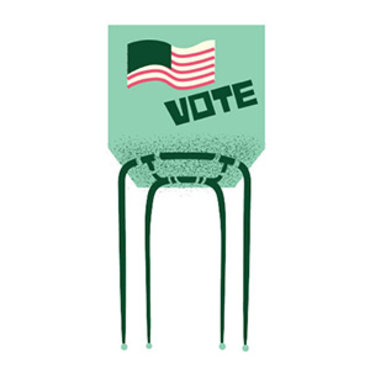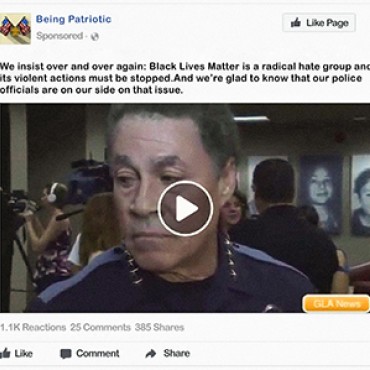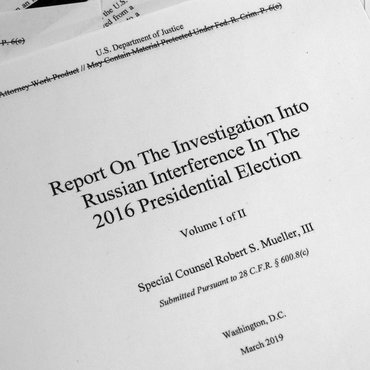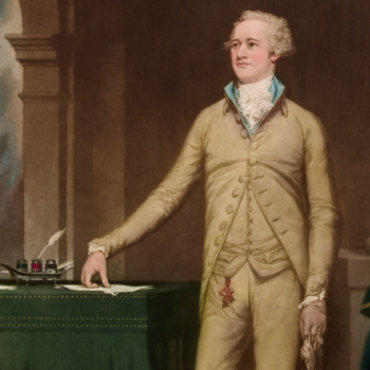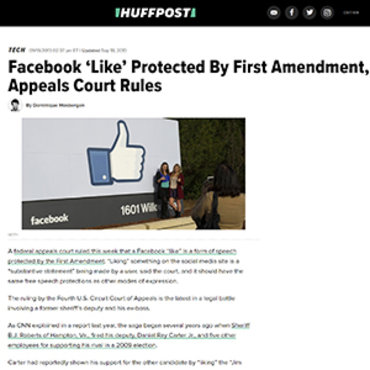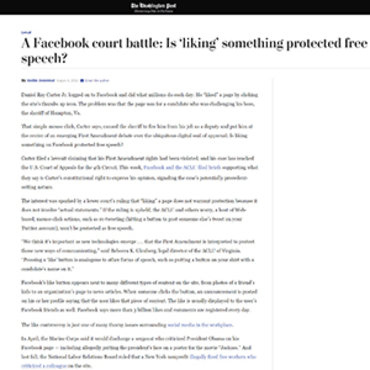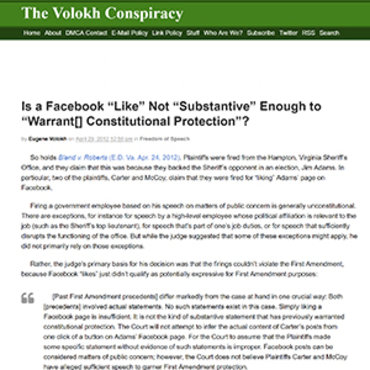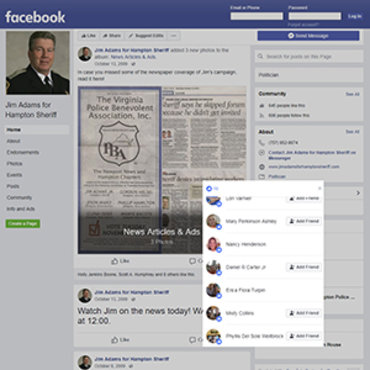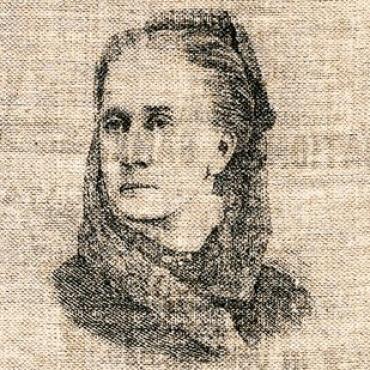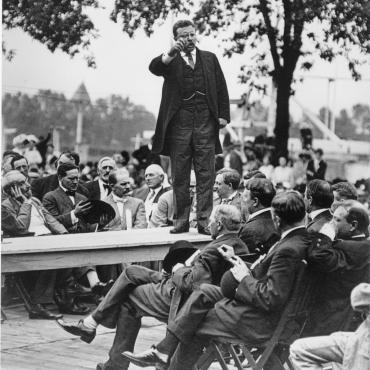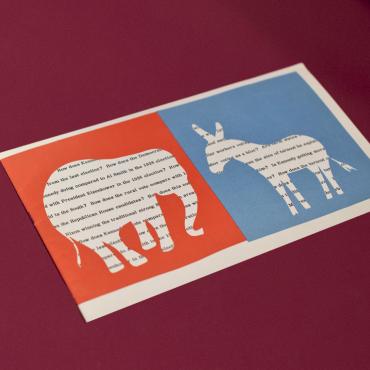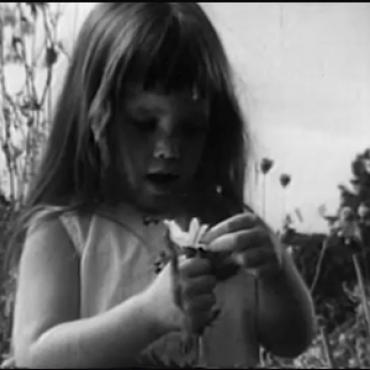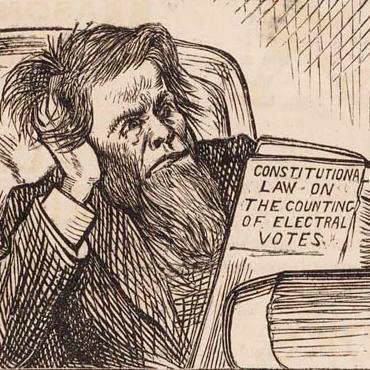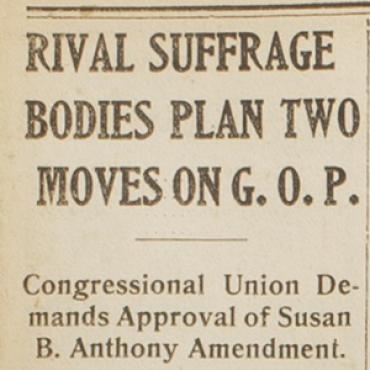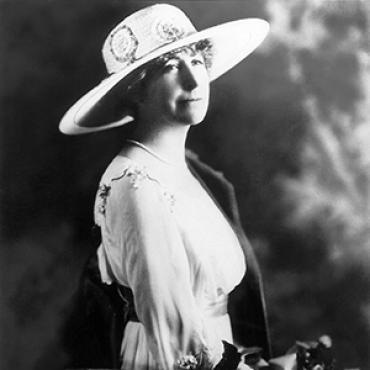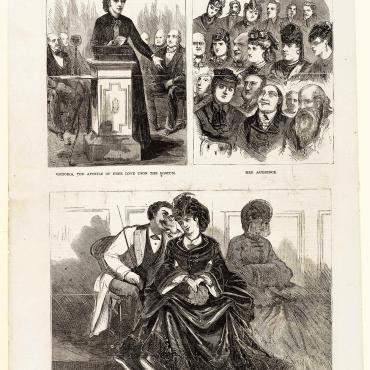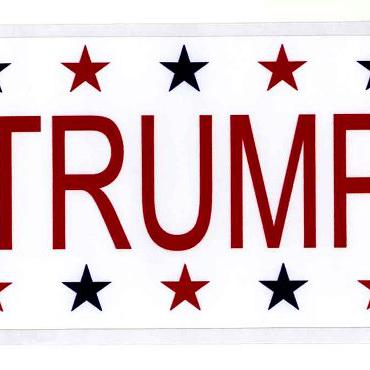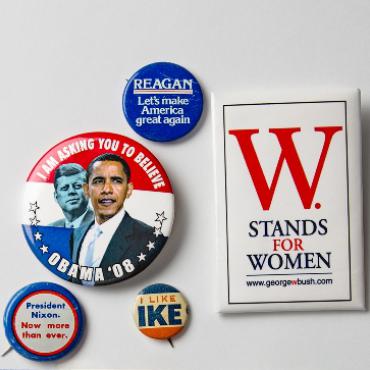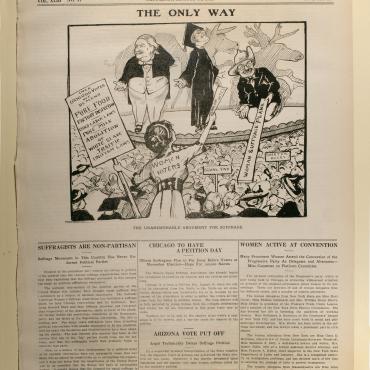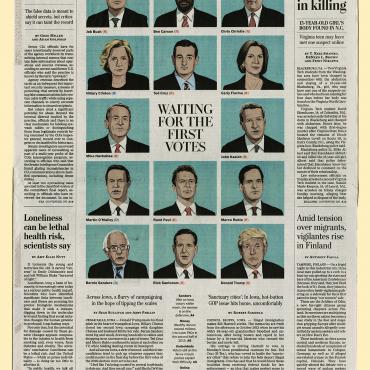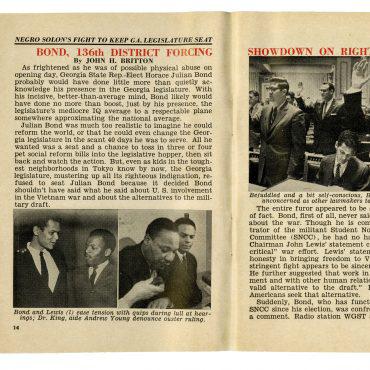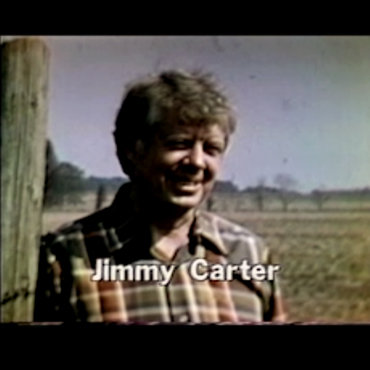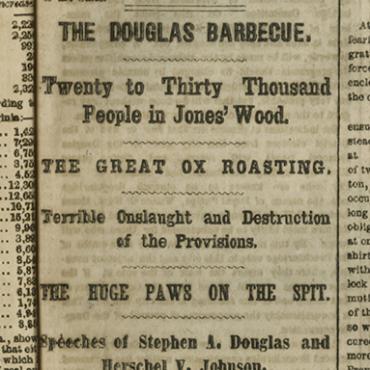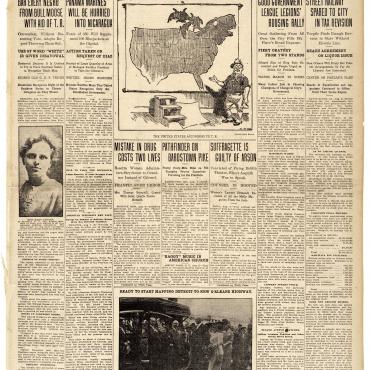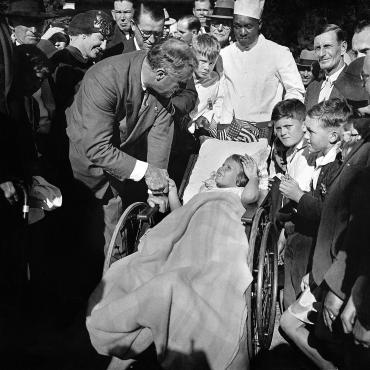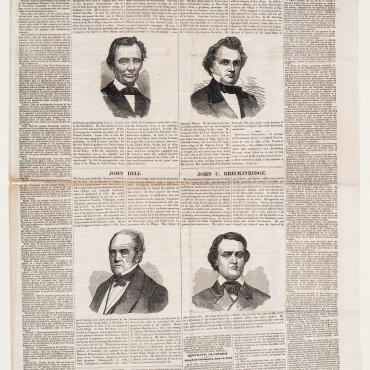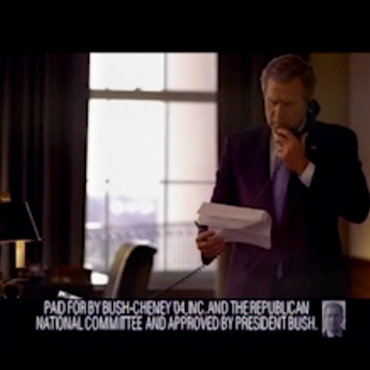Hoping for Unity, Fearing Rebellion
National conventions are supposed to be a show of party power and solidarity, but there’s always the potential for dissent. See how they have evolved and how they can impact candidates and the electorate.
Get even more great free content!
This content contains copyrighted material that requires a free NewseumED account.
Registration is fast, easy, and comes with 100% free access to our vast collection of videos, artifacts, interactive content, and more.
NewseumED is provided as a free educational resource and contains copyrighted material. Registration is required for full access. Signing up is simple and free.
With a free NewseumED account, you can:
- Watch timely and informative videos
- Access expertly crafted lesson plans
- Download an array of classroom resources
- and much more!
- Elections
- Politics
- 6-12
- College/University
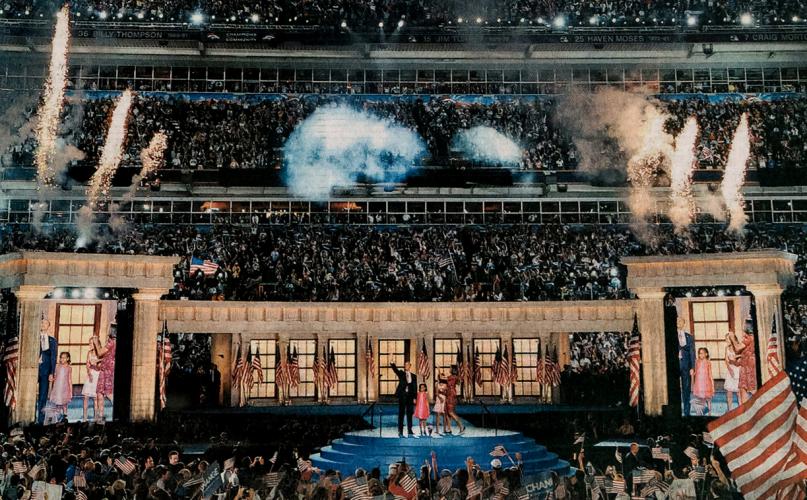
Sen. Barack Obama accepts the Democratic presidential nomination before a crowd of 84,000 in Denver on Aug. 28, 2008 — the 45th anniversary of Martin Luther King Jr.'s "I Have a Dream" speech.
- Ask students what they know about the bumpy road from presidential candidate to party nominee. What steps and events do contenders have to go through?
- This case study is one of four in the Election Procedures section of the EDCollection that covers: declaring candidacy, competing in primaries and caucuses, being nominated at the national convention, and the final weeks of wooing voters before the general election. Explain that the case study they will be looking at will raise questions about how democratic our presidential election system is.
- Read the Explore the Debate question aloud and/or write it on the board. Read them the overview that sets the scene for group work. Tell them they will use historical and contemporary examples to reach a consensus in small groups on an answer to the debate question.
- Pass out copies of the case study and the Organizing Evidence worksheet. Have the groups read each of the four Election Essentials and use the Questions to Consider to help guide the discussion. They should complete sections 1 and 2 on the worksheet.
- Have the students look at the Pages From History artifacts for the case study on NewseumED.org and complete section 3 on the worksheet. Give the groups 15 minutes to collect and organize information to formulate evidence-supported arguments for their answer to the debate question. (If time is an issue, skip the artifacts or assign as homework.)
- Ask the groups to share their conclusions and reasoning. You may want to use the Questions to Consider again to push and expand the debate.
- Copies of the case study handout, one per student (download)
- Organizing Evidence worksheet, one per group (download)
- Access to NewseumED.org case study artifacts
- NewseumED Pinterest board of related resources (optional)
What's the value of convention for voters, for parties, and for the media?
The purpose of the Democratic and Republican nominating conventions seems straightforward: party delegates and leaders gather to officially nominate a candidate for president and vice president. But there’s more going on. Conventions are also about selling the party to the public, using grand stages, celebrity guests, music and passionate speeches to rally supporters in the arena and across the nation. And they’re a media circus, with TV networks, journalists and others competing for stories and scoops. It’s also an opportunity for voters to get in-depth information on party platforms and priorities. The parties, the media and the voters all have a stake in the conventions and their perfectly planned pitches.
1. Insiders Only
The convention used to be an event for party elites to sift through potential candidates, voting in rounds until a candidate received a majority. Newspapers covered these events after-the-fact. Conventions were more like a private company meeting than the public spectacle they are today. But the smaller size back then didn’t guarantee smooth sailing. In 1860, with tensions over slavery threatening to tear the nation apart, Democrats found themselves unable to reach a consensus and split into two factions. On the Republican side, it took three ballots before Abraham Lincoln received enough votes to become the nominee.
2. Presenting a Platform
In addition to selecting a nominee for president, the party officially adopts and presents its national platform at the national convention. The platform is a summation of all of the key beliefs and priorities of the party, and deciding exactly what goes in it and fine-tuning the language can be a highly contentious process. In 2016, Democratic candidate Bernie Sanders sought to use his strong second-place showing in the primaries to influence the Democratic platform. Some party leaders grew frustrated with his reluctance to compromise on key points, but many of his supporters welcomed the opportunity to see their ideas incorporated into the party’s mission.
3. A Televised Spectacle
Since 1952, the Democratic and Republican national conventions have been televised nationwide. Television has allowed the public to see the nominating process and the workings of party politics. It has also created a political equivalent to the Olympic Games as broadcast and cable networks and digital news sites vie for viewers. The party decides on the schedule and content of their convention, but the news media determine which speeches and events millions of viewers will see. Sometimes, the events that garner the most attention aren’t what the convention planners intended, as in 1968 when TV networks broadcast live the violent antiwar protests and police tactics outside and delegate floor fights inside the Democratic convention in Chicago.
4. Healthy Debate or Deadly Divisions?
In the 2016 election, both parties faced ongoing tensions over the control and outcome of the national conventions. Some Republicans repeatedly raised the possibility of using loopholes to avoid nominating Donald Trump at the convention. Democrats faced the possibility of superdelegates overruling primary results and of angry Sanders supporters disrupting the convention. No matter how much planning goes into these events, there is always a chance of chaos and the consequences can be lasting. The internal dissent at the 1968 Democratic convention — and election loss that November — prompted changes to party rules.
- Does disorder at a convention help or hurt the host party?
- How did the 2016 conventions compare with past conventions in terms of planned format, content and media coverage?
- What is the role of the news media at conventions? What responsibilities do they have in reporting on these events? What challenges do their face?
- Explain the importance of image. What are political parties and candidates trying to gain from the convention?
- How can you participate in the conventions? Even if you can’t attend, how could you use live coverage and social media or other tools to get involved?
On July 26, 2016, Hillary Clinton became the first woman to become the presidential nominee of a major party. News media organizations flocked to cover the historic event. Yet the convention protocol created a challenge for print outlets: Clinton wouldn’t acknowledge the milestone until late at night, past many outlets’ print deadlines, and then only via video. So what photo should print newspapers use to illustrate this headline? Go to the Newseum’s archived front pages from July 27, 2016, and look at papers from at least four states. How many use a photograph of someone other than Hillary Clinton to illustrate the event? Whom do they feature? Discuss: Why do you think the editors made those choices? What message(s) does the photo communicate to viewers? Does the caption explain the editor’s choice? Does it matter?
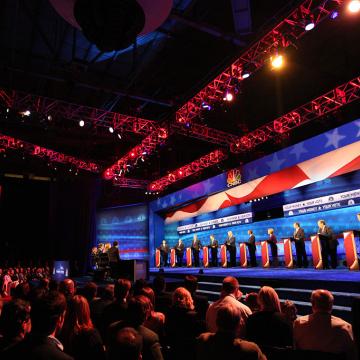
What’s your political personality type?
What’s your political personality type?
Make Your Voice Matter
Under 18 and can't vote?
Check out other ways to get involved.
-
Common Core State Standards: CCSS.ELA-LITERACY.CCRA.SL.1
Prepare for and participate effectively in a range of conversations and collaborations with diverse partners, building on others' ideas and expressing their own clearly and persuasively.
-
NCSS C3 Framework: D4.1.6-8 and D4.1.9-12
6 - 8: Construct arguments using claims and evidence from multiple sources, while acknowledging the strengths and limitations of the arguments. 9 - 12: Construct arguments using precise and knowledgeable claims, with evidence from multiple sources, while acknowledging counterclaims and evidentiary weaknesses.
-
Center for Civic Education: CCE.II
A. What is the American idea of constitutional government? B. What are the distinctive characteristics of American society? C. What is American political culture? D. What values and principles are basic to American constitutional democracy?

